

- RFQ
- BOM
-
Contact Us
Tel: +86-0755-83501315
Email: sales@sic-components.com
- Chinese
- English
- French
- German
- Portuguese
- Spanish
- Russian
- Japanese
- Korean
- Arabic
- Irish
- Greek
- Turkish
- Italian
- Danish
- Romanian
- Indonesian
- Czech
- Afrikaans
- Swedish
- Polish
- Basque
- Catalan
- Esperanto
- Hindi
- Lao
- Albanian
- Amharic
- Armenian
- Azerbaijani
- Belarusian
- Bengali
- Bosnian
- Bulgarian
- Cebuano
- Chichewa
- Corsican
- Croatian
- Dutch
- Estonian
- Filipino
- Finnish
- Frisian
- Galician
- Georgian
- Gujarati
- Haitian
- Hausa
- Hawaiian
- Hebrew
- Hmong
- Hungarian
- Icelandic
- Igbo
- Javanese
- Kannada
- Kazakh
- Khmer
- Kurdish
- Kyrgyz
- Latin
- Latvian
- Lithuanian
- Luxembou..
- Macedonian
- Malagasy
- Malay
- Malayalam
- Maltese
- Maori
- Marathi
- Mongolian
- Burmese
- Nepali
- Norwegian
- Pashto
- Persian
- Punjabi
- Serbian
- Sesotho
- Sinhala
- Slovak
- Slovenian
- Somali
- Samoan
- Scots Gaelic
- Shona
- Sindhi
- Sundanese
- Swahili
- Tajik
- Tamil
- Telugu
- Thai
- Ukrainian
- Urdu
- Uzbek
- Vietnamese
- Welsh
- Xhosa
- Yiddish
- Yoruba
- Zulu
- Kinyarwanda
- Tatar
- Oriya
- Turkmen
- Uyghur
High Cmrr Instrumentation Amplifier
Abstract
This article comprehensively expounds the basic concepts, technical principles, design methods, application fields, and development trends of high CMRR instrumentation amplifiers. It analyzes key factors affecting CMRR in detail and discusses how to achieve high CMRR performance by integrating typical circuit architectures and cutting-edge technologies, providing references for research and applications in related fields. (https://www.sic-components.com/audio-products/amplifiers?manufacturer_id=65)
I. Introduction
In numerous fields such as precision measurement, biomedical signal acquisition, and industrial automation, accurately extracting weak differential signals is crucial. In practical applications, signals are often affected by common-mode interference (CMI)—interference signals that appear simultaneously on both input terminals of an amplifier, such as power line frequency interference (50/60 Hz) and environmental electromagnetic interference. High CMRR instrumentation amplifiers effectively suppress common-mode signals while amplifying differential signals, significantly improving signal-to-noise ratio (SNR) and measurement accuracy. They play an indispensable role in modern electronic systems.
II. Basic Concepts and Key Metrics
2.1 Definition of Common-Mode Rejection Ratio (CMRR)
CMRR is a key metric for measuring an instrumentation amplifier’s ability to suppress common-mode signals. It is defined as the ratio of the voltage gain for differential signals to that for common-mode signals, typically expressed in decibels (dB). A higher CMRR indicates stronger common-mode suppression, enabling more accurate amplification of desired differential signals in the presence of CMI.
2.2 Other Relevant Metrics
In addition to CMRR, high CMRR instrumentation amplifiers must also address:
Input Offset Voltage (Vos): The differential voltage applied to the input to make the output zero. Low Vos enhances measurement accuracy and reduces zero drift.
Gain Accuracy: The deviation of the actual gain from the ideal value, ensuring precise signal amplification.
Input Bias Current (Ib): The DC current flowing into the amplifier inputs. Low Ib minimizes the impact on high-impedance signal sources.
Bandwidth: The frequency range where the amplifier maintains specified gain and performance, ensuring effective amplification of signals across different frequencies.
III. Circuit Architectures and Implementation Technologies
3.1 Classic Three-Op-Amp Architecture
The three-op-amp configuration is the most widely used IA structure, comprising two non-inverting input buffer amplifiers and a differential amplification stage. The front-end op-amps buffer the inputs to enhance input impedance and amplify differential signals, while the rear-end differential amplifier further amplifies the differential component and suppresses common-mode signals. Through rational resistor matching, this architecture can achieve high CMRR. In ideal scenarios with perfect resistor matching, the theoretical CMRR approaches infinity. In practice, however, CMRR typically ranges from 80–120 dB due to resistor mismatch and other factors.
3.2 Fully Differential Architecture
Fully differential architectures adopt symmetric circuit structures with two inputs and two outputs. By precisely matching circuit parameters, they leverage the characteristics of differential signals to effectively suppress common-mode signals. The output stage often uses a push-pull structure, offering larger output swing and better linearity. Compared with single-ended outputs, fully differential architectures have inherent advantages in common-mode interference suppression, achieving CMRR >100 dB. They also excel in suppressing power supply noise and even-order harmonic distortion, suitable for high-speed, high-precision systems.
3.3 Chopper Stabilization Technology
Chopper stabilization modulates low-frequency input signals to high frequencies, amplifies them via a high-frequency amplifier, and then demodulates them back to low frequencies. This suppresses CMI, as it lacks the same modulation characteristics as the input signal. The technology also reduces low-frequency noise and offset voltage. IAs using chopper stabilization can achieve CMRR >120 dB and microvolt-level offset voltage, suitable for weak signal detection. However, it may introduce chopper spike noise requiring filtering.
3.4 Auto-Zero Technology
Auto-zero technology uses storage capacitors and switch circuits to sample offset voltage and common-mode errors during idle periods and compensate for them during operation. Periodic auto-calibration improves CMRR and offset performance, with auto-zero IAs typically achieving CMRR of 110–130 dB. However, this technology has bandwidth limitations and may generate "popcorn noise," requiring trade-off considerations.
IV. Factors Affecting CMRR and Optimization Strategies
4.1 Resistor Mismatch
Resistor matching in IA circuits significantly impacts CMRR. In the three-op-amp architecture, rear-end resistor mismatch reduces common-mode suppression. High-precision resistors (e.g., laser-trimmed, thin-film) and optimized layout (minimizing process/temperature-induced mismatch) can improve CMRR. For example, resistors with 0.01% matching accuracy enhance CMRR performance.
4.2 Transistor Mismatch
Inconsistencies in transistor parameters (e.g., transconductance, threshold voltage) affect amplifier symmetry and CMRR. Design techniques like common-centroid layout and self-calibration improve matching. High-performance processes (e.g., CMOS, BiCMOS) also enhance CMRR.
4.3 Parasitic Parameters
Parasitic capacitance/inductance in PCBs and wire distributed parameters introduce extra CMI. Optimizing PCB layout—using multi-layer boards, separating analog/digital grounds, and single-point grounding—reduces common-mode interference.
4.4 Power Supply Noise
Power supply noise couples into the amplifier via power lines as CMI. Measures like low-noise power supplies, π-type filters, and improved power supply rejection ratio (PSRR) mitigate this impact.
V. Typical Application Fields
5.1 Biomedical Signal Acquisition
In biomedical systems (e.g., ECG, EEG, EMG), bioelectrical signals are extremely weak (microvolts to millivolts) and susceptible to CMI (e.g., 50/60 Hz interference). High CMRR IAs suppress such interferences to extract reliable signals. For example, an IA with CMRR >100 dB in an ECG circuit improves signal quality significantly.
5.2 Industrial Process Control
In industrial automation, sensor outputs face CMI from electromagnetic interference and ground potential differences. High CMRR IAs condition signals from pressure, temperature, and flow sensors, ensuring accurate transmission and system reliability. In a chemical plant’s liquid level measurement, a high CMRR IA amplifies weak sensor signals for precise control.
5.3 Precision Measuring Instruments
In precision instruments (e.g., digital multimeters, oscilloscopes), high CMRR IAs pre-amplify and condition signals to improve measurement accuracy. High-precision multimeters using IAs with CMRR >120 dB enable accurate tiny voltage measurements for research and metrology.
5.4 Aerospace and Defense
In aerospace and defense, electronic devices face complex electromagnetic environments. High CMRR IAs process sensor signals (e.g., from accelerometers, gyroscopes) in flight control systems, ensuring reliable operation in harsh conditions.
VI. Cutting-Edge Technologies and Development Trends
6.1 Digital-Assisted Technologies
Digital signal processing integration enables automatic parameter calibration (e.g., digital zeroing, gain control) in high CMRR IAs. These technologies monitor and compensate for offset voltage and gain errors, achieving CMRR >140 dB in new designs.
6.2 System-on-Chip (SoC) Integration
Integrating high CMRR IAs with ADCs, DACs, and DSPs on a single chip reduces parasitic parameters, enhances performance, and lowers power/costs. SoC-integrated IAs show promise in biomedical implantables and wireless sensor networks.
6.3 New Materials and Processes
Emerging materials (e.g., graphene, carbon nanotubes) and advanced processes (e.g., FinFET, FD-SOI) offer higher electron mobility and integration, improving CMRR and other metrics for high-performance IAs.
6.4 Multifunctionality and Intelligence
Future IAs will integrate fault diagnosis, adaptive adjustment, and communication functions, automatically optimizing performance based on application scenarios to enhance system adaptability.
VII. Conclusion
High CMRR instrumentation amplifiers are core to precision signal processing, with continuously enhanced CMRR and performance through architectural improvements and technology adoption. They will see broader applications in biomedical, industrial, and aerospace fields, evolving toward digitization, integration, and intelligence to drive technological innovation. Future research should explore new technologies to meet escalating application demands.
https://www.sic-components.com/audio-products/amplifiers?manufacturer_id=65

Hot Products
View MoreRelated Blogs

2000+
Daily average RFQ Volume

30,000,000
Standard Product Unit

2800+
Worldwide Manufacturers

15,000 m2
In-stock Warehouse



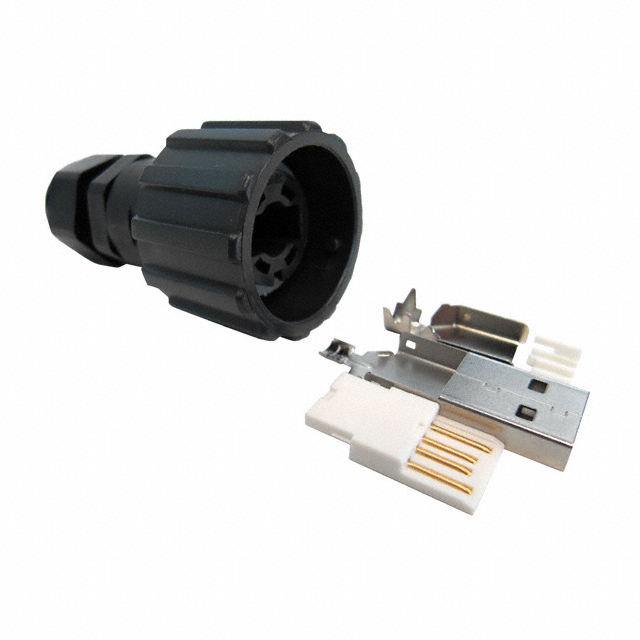

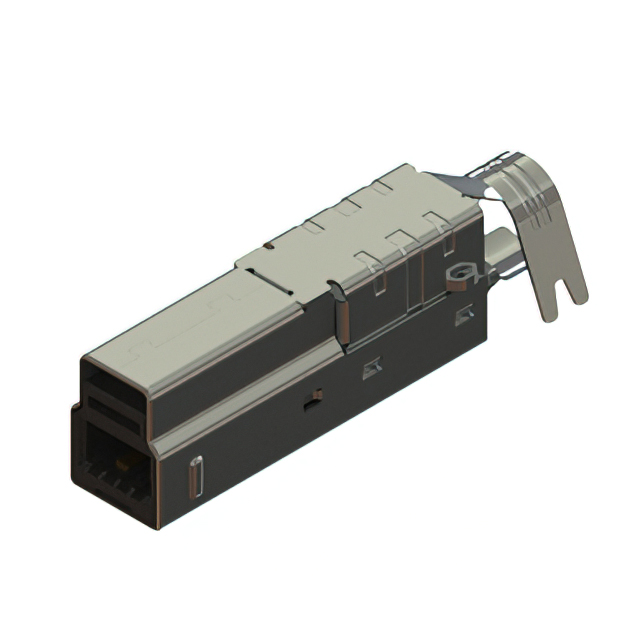
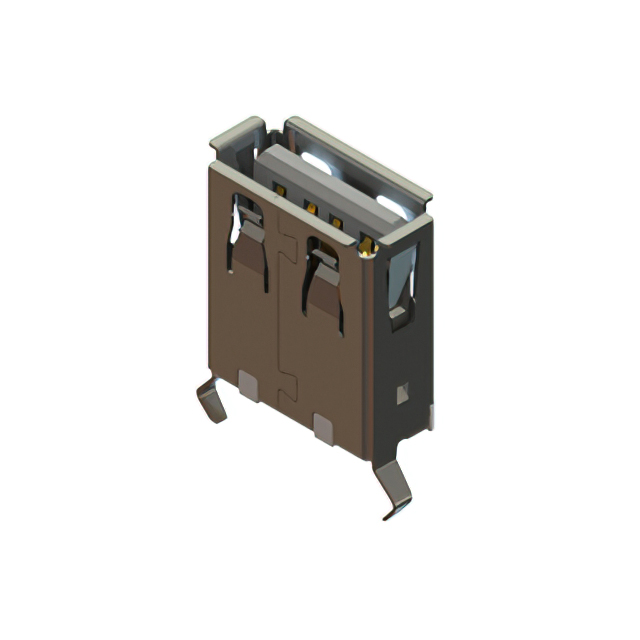
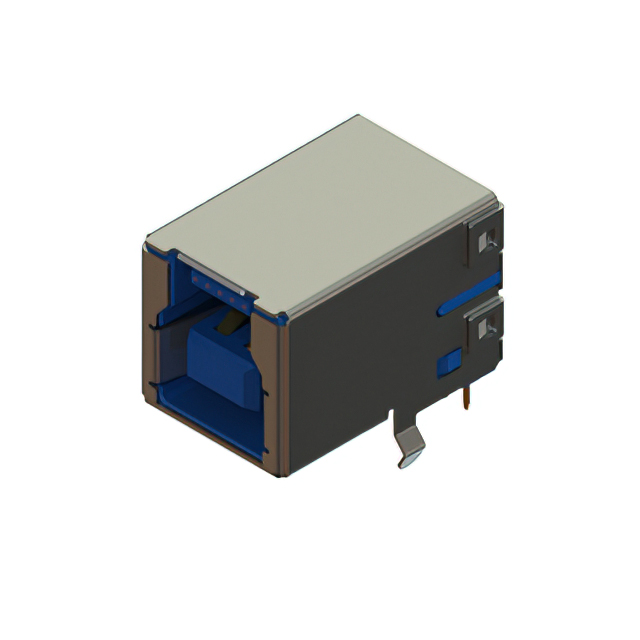
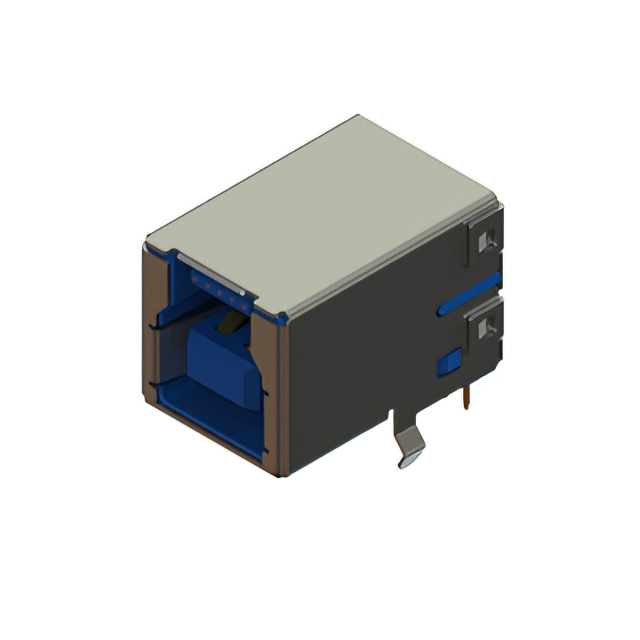
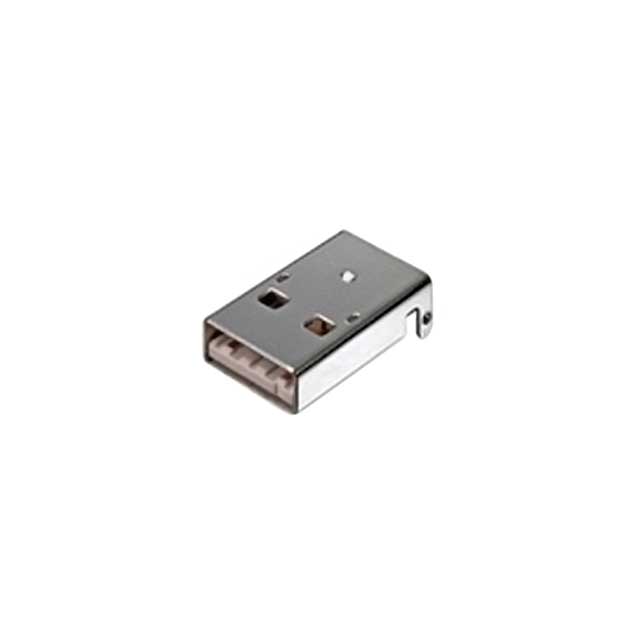
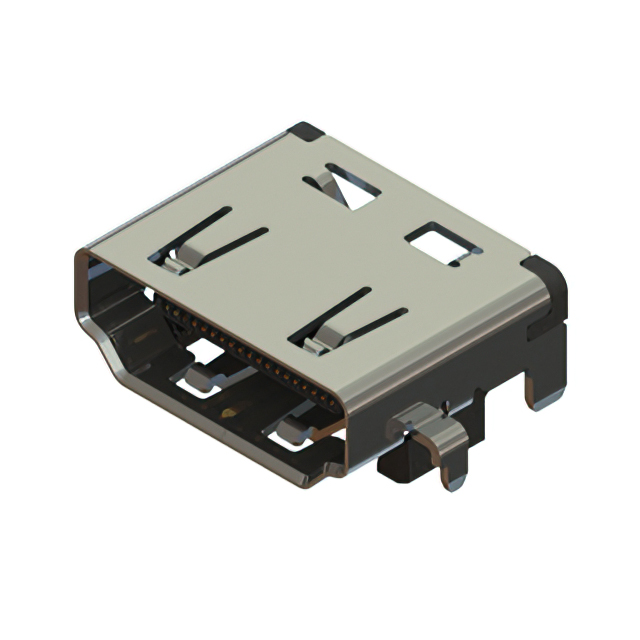
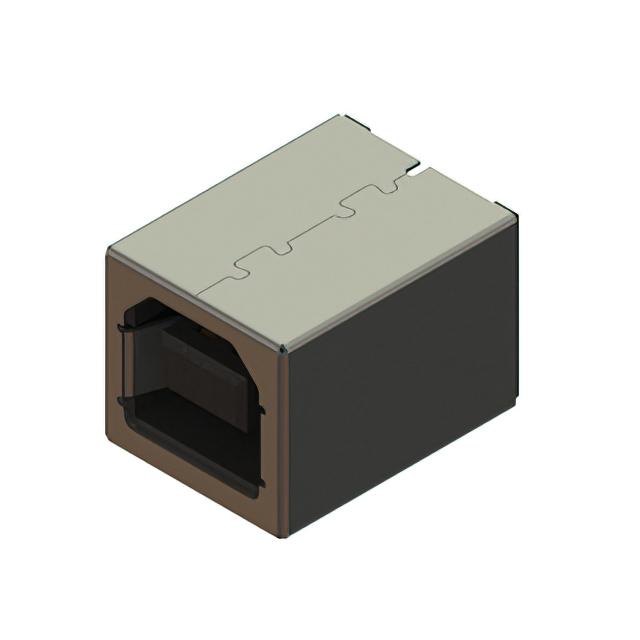

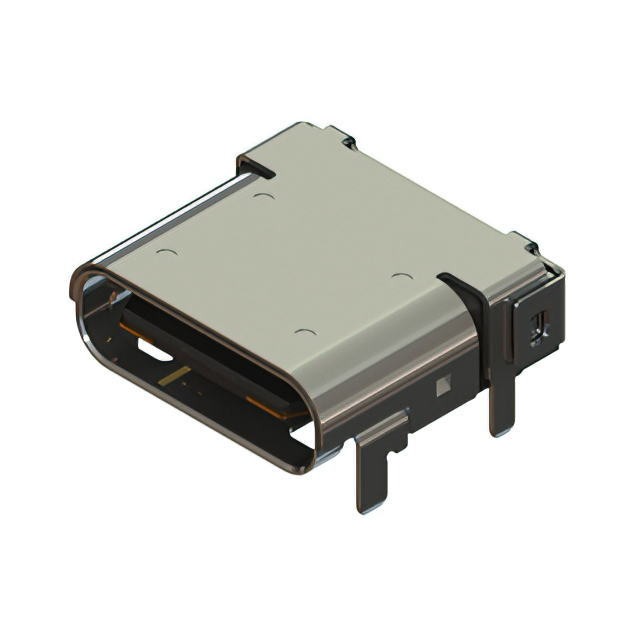
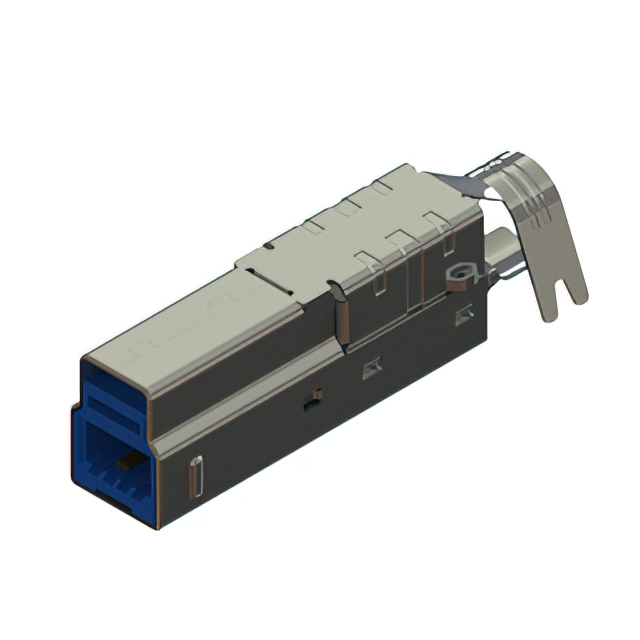










 Wishlist (0 Items)
Wishlist (0 Items)